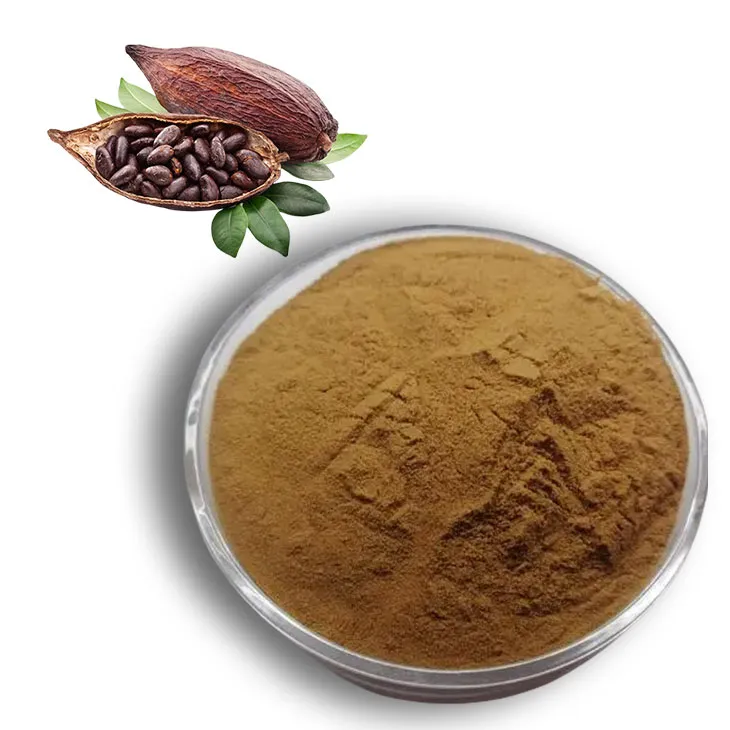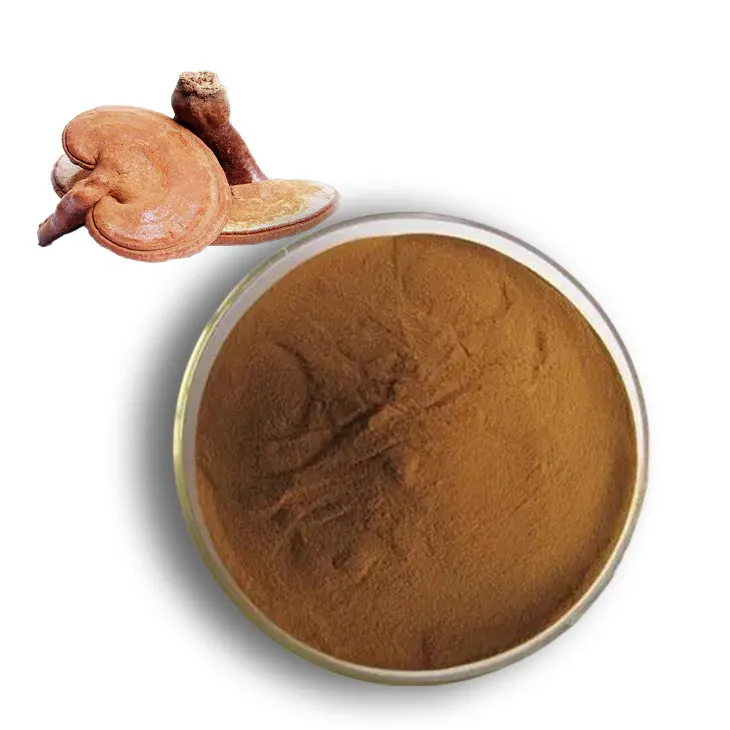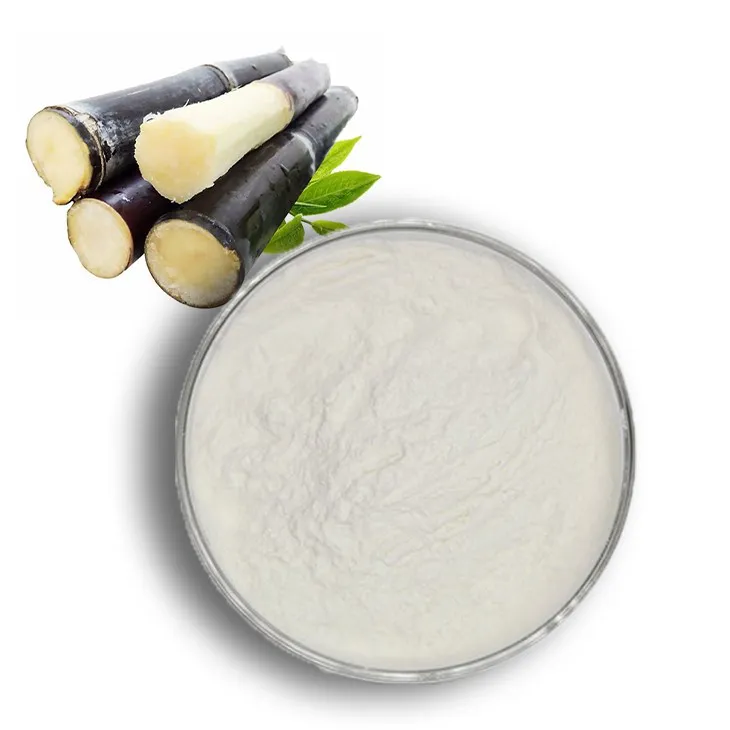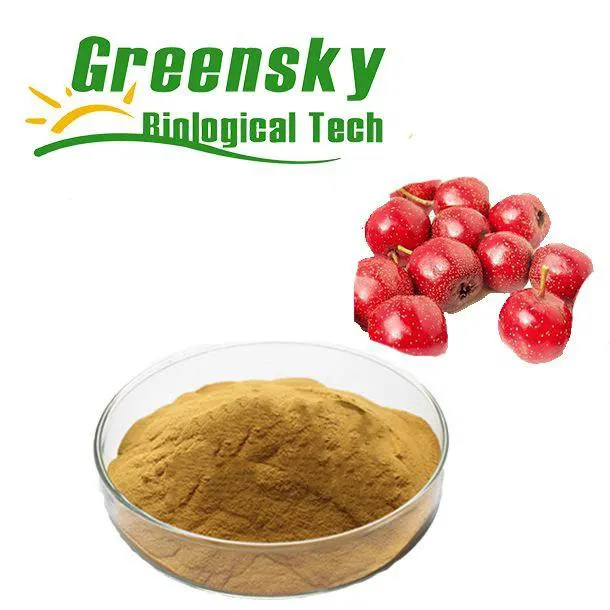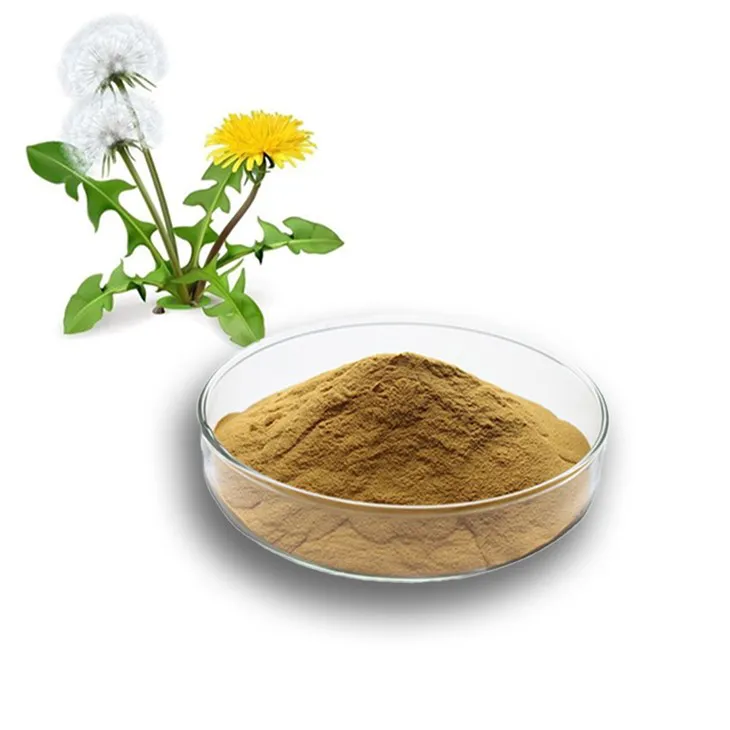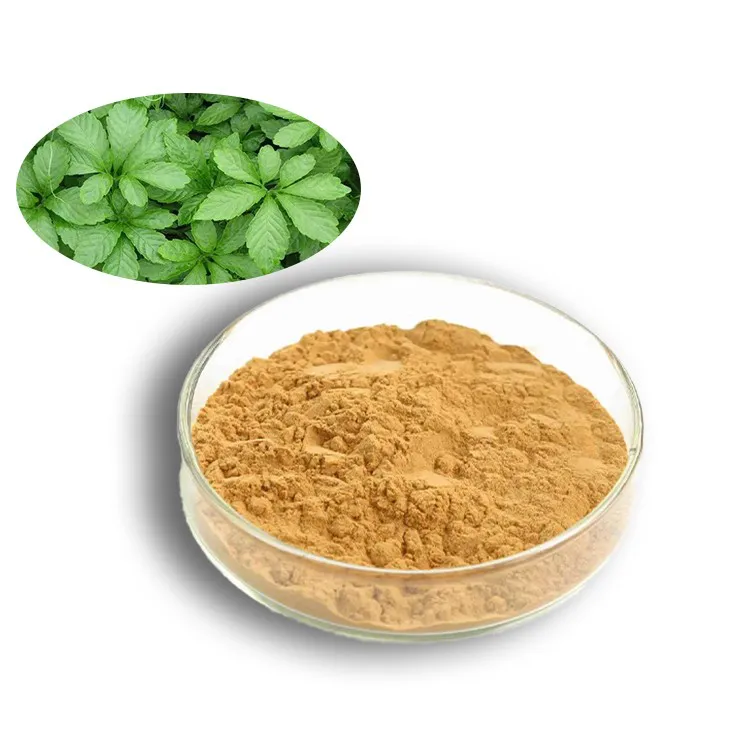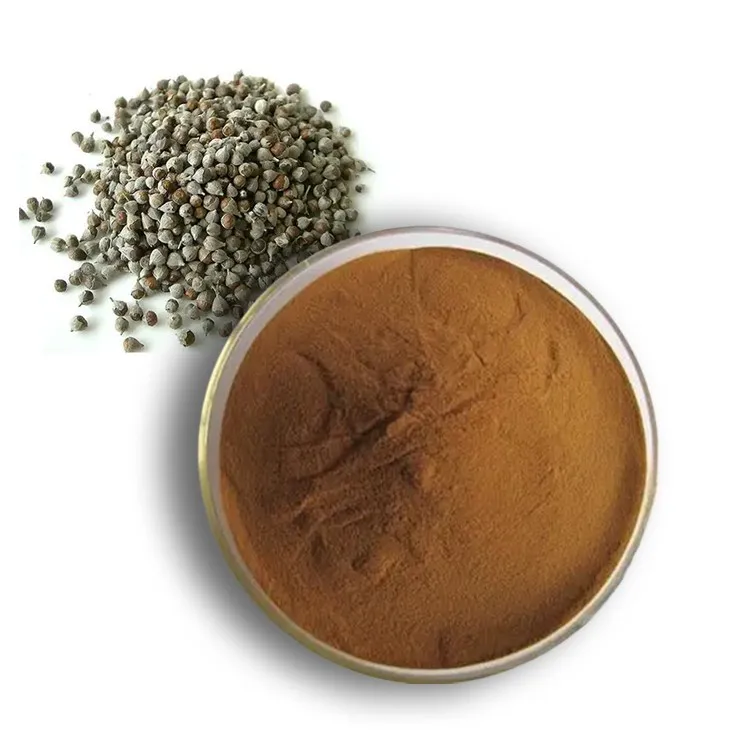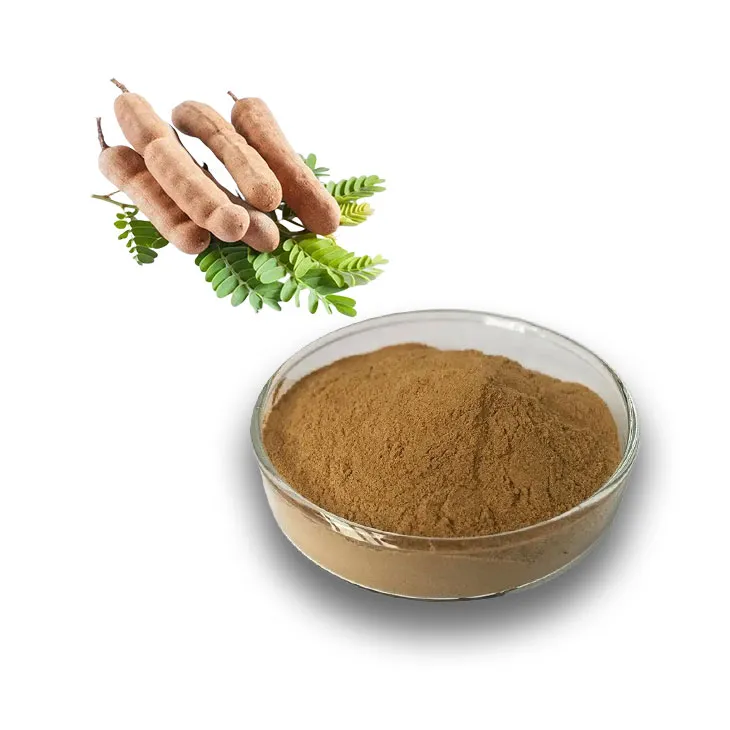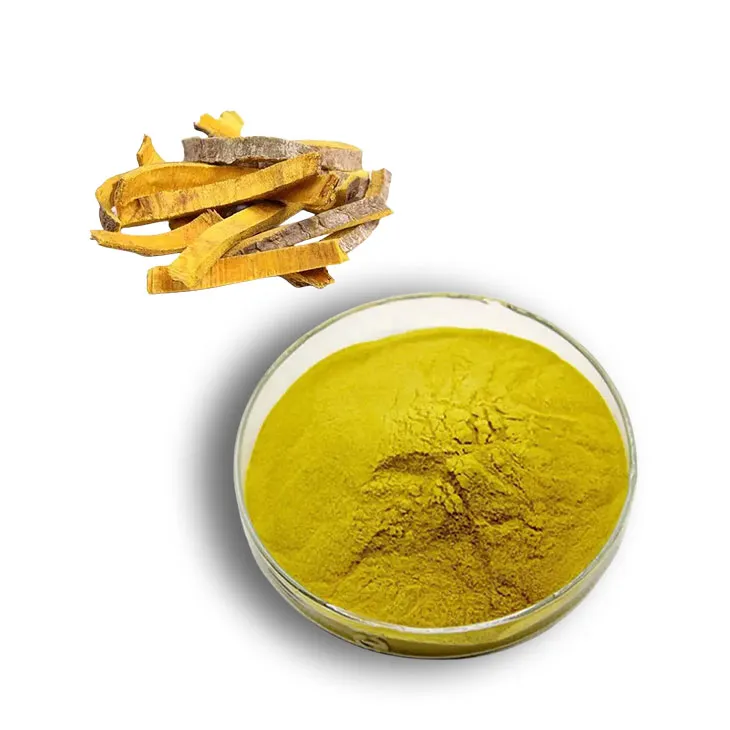- 0086-571-85302990
- sales@greenskybio.com
What Foods Contain Aminolevulinic Acid? A Comprehensive Overview
2025-06-08
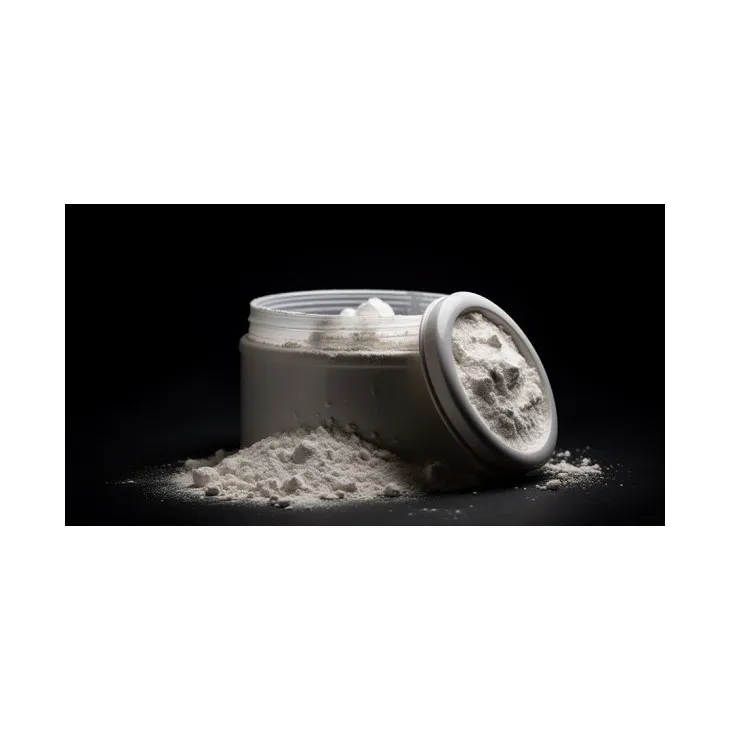
Aminolevulinic acid, commonly referred to as ALA, is a naturally occurring compound that plays a pivotal role in the biosynthesis of heme, an essential component of hemoglobin, myoglobin, and various other enzymes and proteins involved in oxygen transport and cellular energy production. While ALA is perhaps most widely recognized for its clinical applications in photodynamic therapy used for certain cancers and skin conditions, it is also present in a range of foods. Understanding which foods contain Aminolevulinic acid can provide insights into diet-based strategies to support cellular function, metabolic health, and potential adjunctive medical therapies.
The Biological Importance of Aminolevulinic acid
ALA is classified as a non-proteinogenic amino acid, meaning it is not used to build proteins directly but is crucial in the metabolic pathway leading to heme synthesis. Heme, in turn, is vital for the function of red blood cells and for enabling the mitochondria—the "powerhouses" of cells—to generate energy through electron transport processes.
The human body is generally capable of synthesizing sufficient ALA through a biochemical reaction involving glycine and succinyl-CoA in the mitochondria. Nonetheless, dietary sources of aminolevulinic acid may contribute to overall metabolic flexibility and may have potential health implications that are becoming the focus of growing scientific investigation.
Animal-Based Food Sources
Animal-derived foods are generally the richest sources of ALA and related heme pathway intermediates, primarily because animal tissues have high concentrations of mitochondria and are sites of active heme and hemoglobin metabolism.
Organ meats—particularly liver and kidney—stand out as among the most concentrated food sources of aminolevulinic acid. These organs undertake extensive metabolic processes, which leads to higher accumulations of both ALA and heme. Regular consumption of liver (from beef, pork, or chicken) provides not only ALA but also preformed heme iron and other nutrients critical for blood health.
Red meats such as beef, lamb, and pork contain more ALA than white meats due to their higher content of myoglobin and hemoglobin. Even within muscle meats, the concentration of ALA is typically higher in darker cuts which reflect a greater reliance on oxidative metabolism.
Fish and seafood, especially those with darker flesh like mackerel, tuna, or salmon, also supply moderate quantities of ALA. These types of seafood have mitochondria-rich tissues due to their constant swimming and energy requirement.
Plant-Based Food Sources
Plants produce aminolevulinic acid as a precursor in chlorophyll biosynthesis. However, the levels of free ALA in plant-derived foods tend to be much lower than those found in animal foods. That said, there are still plant sources worth noting.
Leafy green vegetables, such as spinach, kale, and Swiss chard, have more active chloroplasts—the site of photosynthesis and related chlorophyll synthesis—so they contain small but detectable traces of ALA. Younger leaves and sprouting plants often have higher levels of ALA, as these are periods of rapid cellular growth and chlorophyll production.
Legumes and sprouted grains may also contain small quantities of ALA, especially during germination when cellular synthesis and metabolic activity are high.
Fermented Foods and Their Unique Role
One unique aspect of aminolevulinic acid in the diet is its prevalence in certain fermented foods and beverages. Microorganisms such as yeast and various types of bacteria can generate ALA as part of their metabolic processes. This is especially true in foods and beverages that undergo long periods of fermentation.
Sake, a traditional Japanese rice wine, is widely recognized as one of the highest dietary sources of ALA, thanks to the specific yeast and fermentation processes used in its production. Other fermented products like soy sauce, miso, and certain kinds of vinegar can also contain increased ALA concentrations due to microbial synthesis during fermentation.
Some fermented dairy products, such as yogurt and kefir, contain minimal amounts of ALA, largely dependent on the strains of bacteria employed during fermentation, though they are not prominent sources.
Bioavailability and Health Implications
For most people, the body’s internal production of aminolevulinic acid satisfies its physiological needs. However, consuming foods that contain naturally occurring ALA can, in certain circumstances, provide metabolic advantages. Some research has linked dietary ALA to improvements in oxygen metabolism, endurance, and recovery in athletes, as well as potential adjunctive effects in therapies that utilize ALA for its photosensitizing properties.
Nonetheless, there is still much to learn about the degree to which dietary ALA can influence systemic heme synthesis and other metabolic functions. The absorption rates and metabolic impact of ALA from food sources versus supplements are ongoing topics of clinical research.
Practical Dietary Recommendations
Individuals seeking to increase their dietary intake of aminolevulinic acid should prioritize nutrient-rich animal foods such as organ meats (especially liver and kidney) and dark cuts of red meat and fish. Those interested in plant-based options can focus on leafy greens and sprouts, recognizing that these provide much lower quantities. Regular consumption of traditional fermented foods such as sake, soy sauce, or miso can also contribute small but potentially meaningful amounts of ALA due to microbial activity.
Conclusion
Aminolevulinic acid is a fascinating and essential component of cellular metabolism, found naturally in a range of foods. Organ meats are the richest food sources, followed by muscle meats, certain fish, and a wide array of fermented products. While human physiology typically produces sufficient ALA, dietary sources can complement this and may have additional health benefits, especially for individuals with higher metabolic demands or those participating in certain therapeutic protocols. As research on ALA continues to grow, greater awareness of its dietary sources can help optimize nutrition and support overall health.
- ▶ Hesperidin
- ▶ citrus bioflavonoids
- ▶ plant extract
- ▶ lycopene
- ▶ Diosmin
- ▶ Grape seed extract
- ▶ Sea buckthorn Juice Powder
- ▶ Beetroot powder
- ▶ Hops Extract
- ▶ Artichoke Extract
- ▶ Reishi mushroom extract
- ▶ Astaxanthin
- ▶ Green Tea Extract
- ▶ Curcumin Extract
- ▶ Horse Chestnut Extract
- ▶ Other Problems
- ▶ Boswellia Serrata Extract
- ▶ Resveratrol Extract
- ▶ Marigold Extract
- ▶ Grape Leaf Extract
- ▶ Coix Seed Extract
- ▶ Aminolevulinic acid
- ▶ Cranberry Extract
-
The best lemon juice powder in nature.
2025-06-08
-
Organic Vitamin K2 Powder Suppliers
2025-06-08
-
Bulk purchase of L - tyrosine.
2025-06-08
-
Vitamin K2 Manufacturers
2025-06-08
-
Red Vine Extract
2025-06-08
-
Cocoa Extract
2025-06-08
-
Reishi mushroom extract
2025-06-08
-
Sugarcane Extract
2025-06-08
-
Hawthorn Extract
2025-06-08
-
Dandelion Leaf Extract
2025-06-08
-
Gynostemma pentaphyllum extract
2025-06-08
-
Chaste Berry Extract
2025-06-08
-
Tamarind extract powder
2025-06-08
-
Phellodendron Extract
2025-06-08













